Cats are fascinating creatures, known for their elusive demeanor and independent spirits. As any cat owner will attest, much of a cat’s personality and mood can be deciphered through their non-verbal cues, with their tails serving as one of the most expressive parts of their anatomy. Understanding how cats use their tails to communicate can provide deeper insights into their world, helping pet owners forge stronger bonds with their feline companions. This article explores the myriad ways cats use their tails to signal emotions and intentions, offering a window into the complex world of feline communication.
The Basics of Tail Anatomy
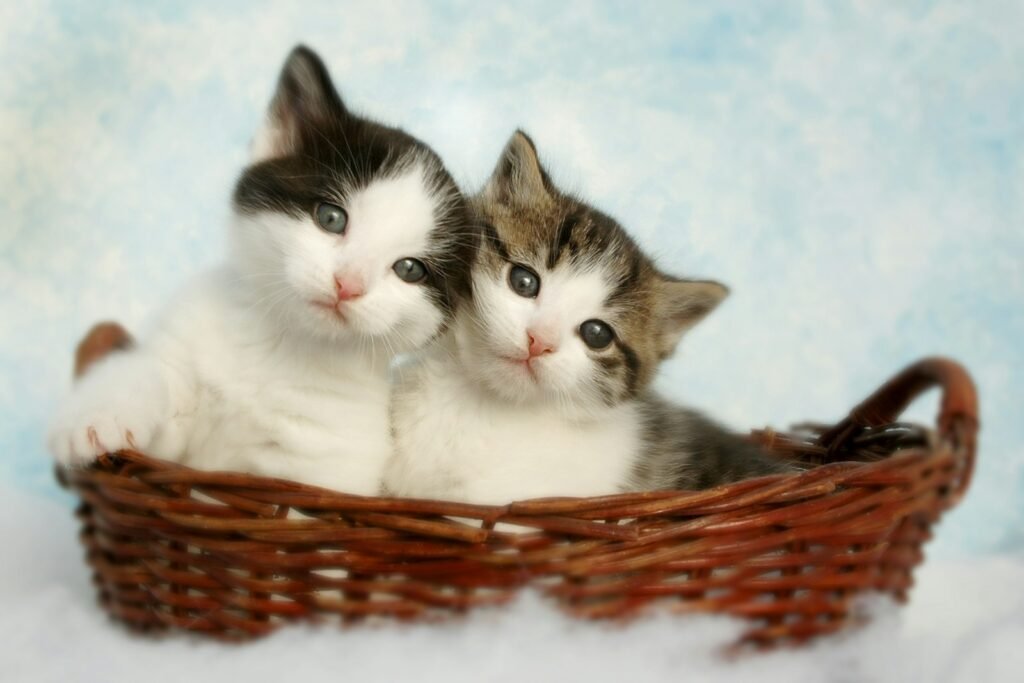
Before delving into communication, it’s essential to understand the anatomy of a cat’s tail. A typical cat’s tail consists of 19 to 23 vertebrae, making it flexible and capable of a wide range of movements. Muscles, tendons, and a network of nerves work seamlessly together to facilitate these movements, making the tail a perfect tool for expression and balance.
A Tail at Rest: All Is Calm
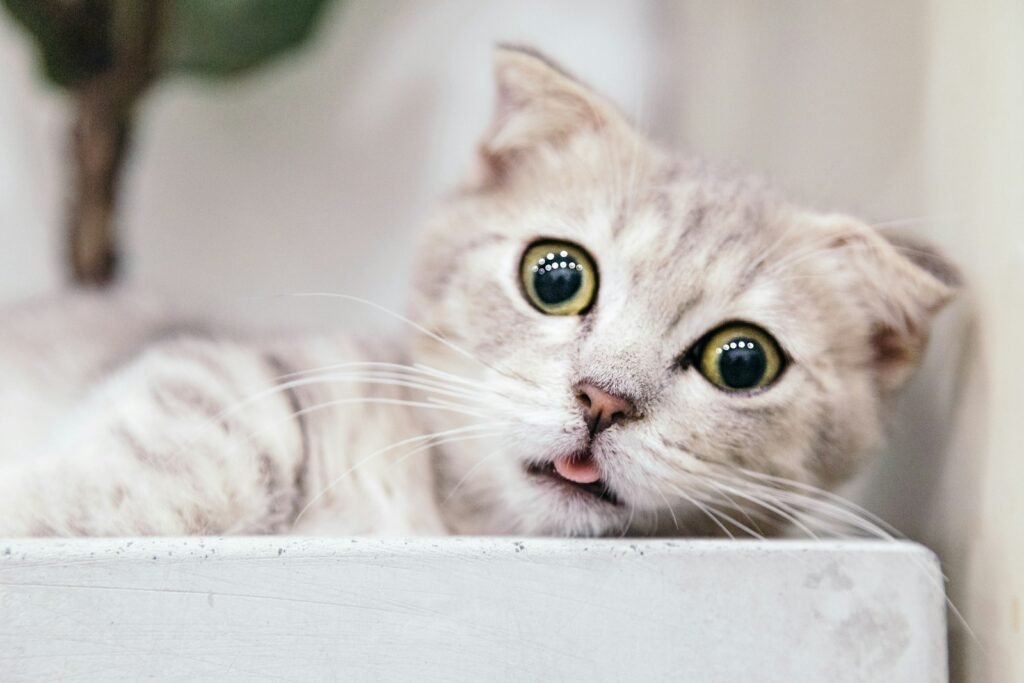
When a cat’s tail is held low and relaxed, it generally indicates contentment and calmness. In such a state, cats feel secure in their environment and are usually at ease. Observing this tail position alongside a cat’s other body language can offer reassurance that your feline friend is comfortable and relaxed.
Tall and Proud: Confidence and Curiosity
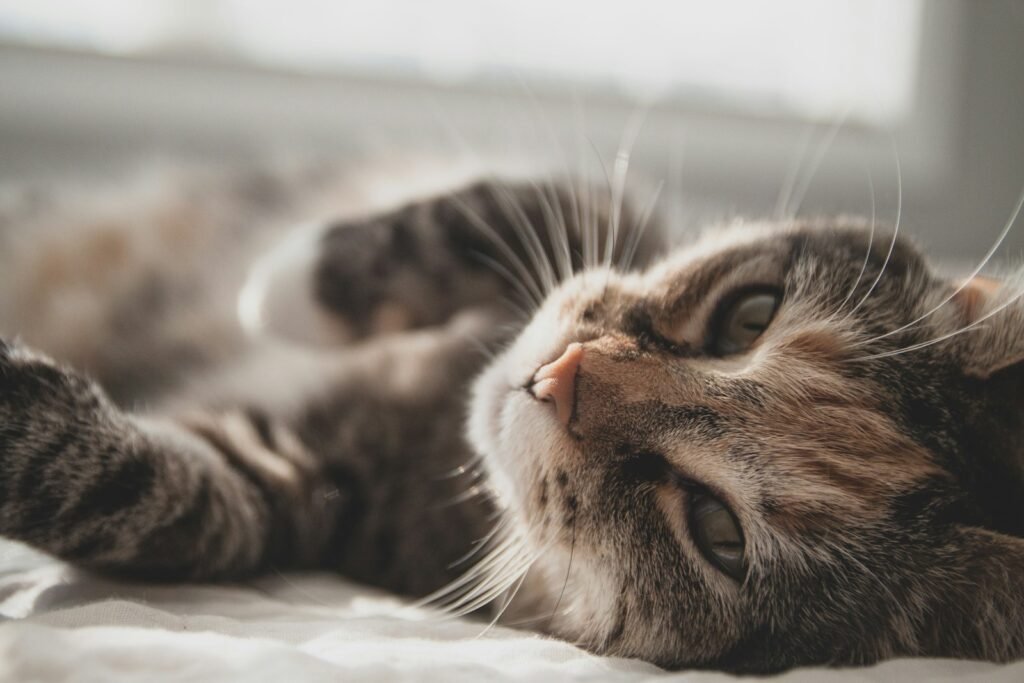
A tail that is upright, often with a slight curve at the tip, is a clear sign of confidence and friendly curiosity. Cats adopt this posture when they feel secure in their environment or are approaching someone they trust. It’s a positive sign indicating that the cat is happy to see you.
Puffed Up: Alarm and Fear
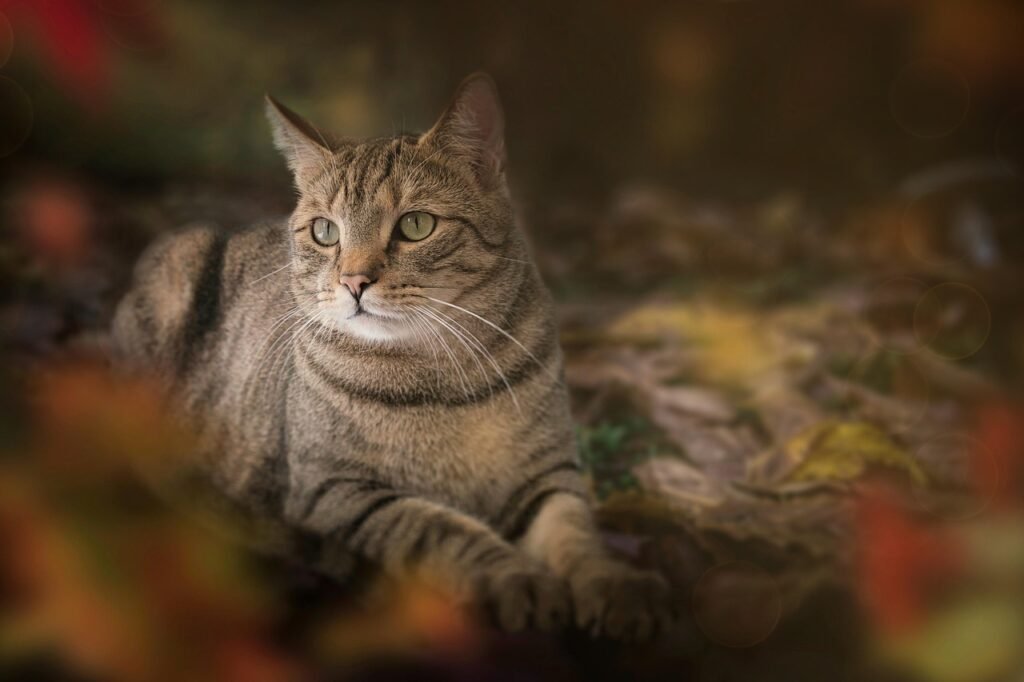
One of the most dramatic tail gestures is when it appears puffed up or “bushy.” This is a clear expression of fear or alarm. When startled or confronted by a threat, cats instinctively make themselves appear larger to deter potential threats. A puffed-up tail is often accompanied by an arched back and piercing eyes.
Whipping and Flicking: Irritation
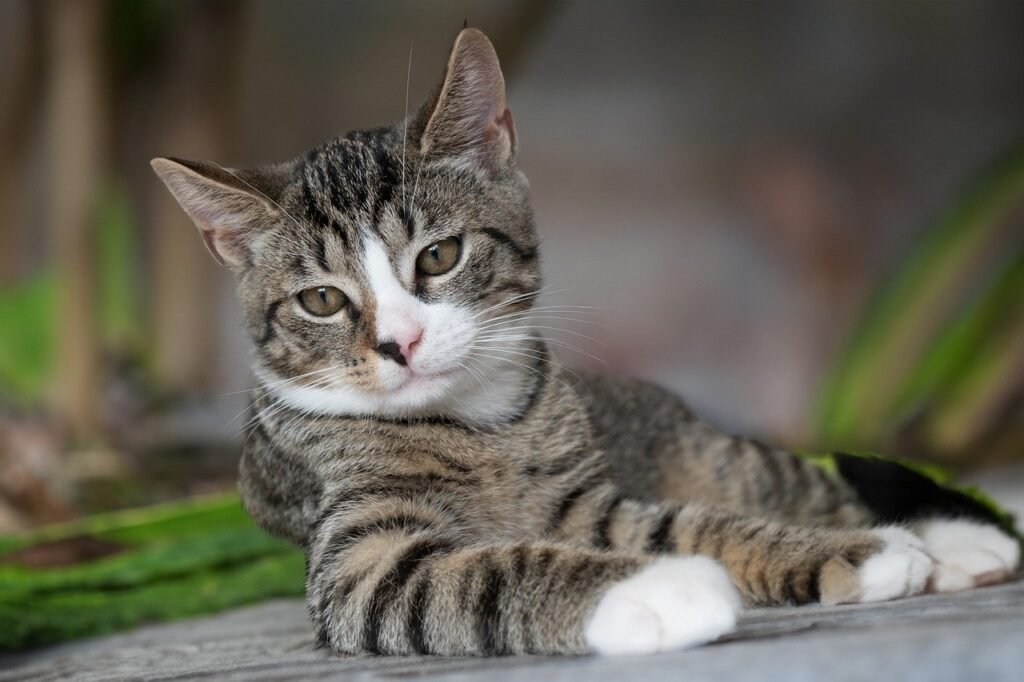
Rapid tail flicking or whipping is a sure sign that a cat is irritated or agitated. This motion indicates that something has upset the cat or that their patience is wearing thin. It’s wise to give the cat some space to regain composure if you observe this behavior.
Swaying Side to Side: Playfulness
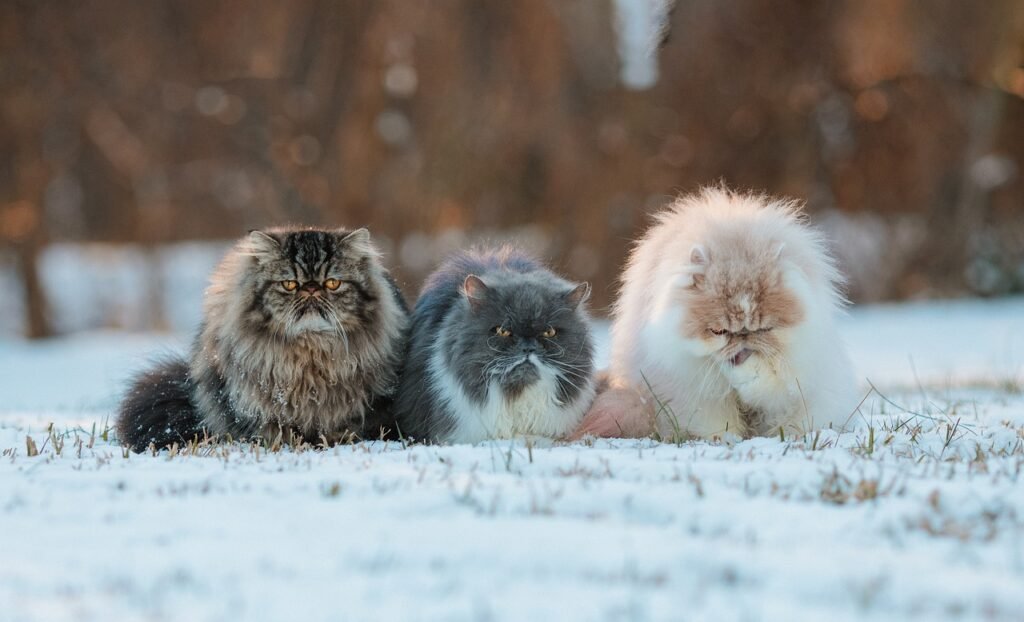
A gently swaying tail can signal a playful mood. Cats often display this behavior when they are about to pounce during play. It’s an indicator that your cat is in a fun mood and may be looking for interaction, so now might be a great time to break out some toys!
The Crooked Position: Cautious Curiosity
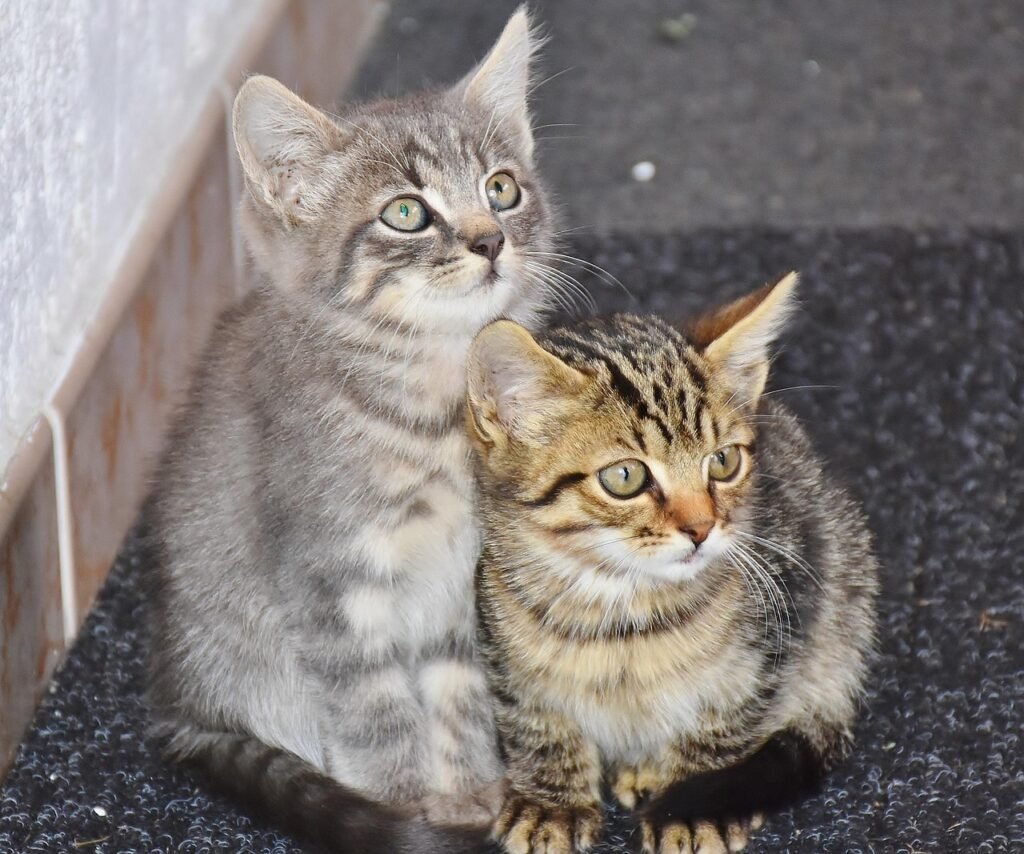
Sometimes, a cat’s tail forms a question mark-like shape when it’s slightly curled at the top. This position often signifies a blend of curiosity and caution. The cat is interested in whatever is in front of them but is also wary. This is common when a cat is exploring something new.
Tail Tucked Under: Submission or Fear

A tail tucked beneath the body is a submissive gesture, often indicating fear or a desire to avoid confrontation. This posture may be seen when a cat is feeling particularly vulnerable, such as during a vet visit or when in an unfamiliar environment.
Slow Tail Wag: Contemplation or Mild Annoyance

Unlike dogs, cats wag their tails slowly as a sign of internal conflict or mild annoyance. This can occur when a cat is deciding whether to flee or stay put in a puzzling situation. Observing this behavior closely can help determine whether to give the cat some space.
Wrapping the Tail: Affection and Connection

When a cat wraps its tail around another cat or a person, it symbolizes closeness and affection, akin to a hug. It’s a friendly gesture indicating that the cat feels a strong bond with the recipient.
Concluding Thoughts: Reading the Signals

Understanding the language of cat tails can significantly enhance the relationship between cats and their human companions. Each flick, curve, and twitch of the tail can provide insights into a cat’s emotions and intentions. By paying close attention to these non-verbal signals, cat owners can respond appropriately, ensuring a harmonious and enriching environment for their feline friends. Whether signaling joy, fear, or curiosity, a cat’s tail offers a silent yet powerful form of communication that strengthens the human-animal bond.
Hi, I’m Bola, a passionate writer and creative strategist with a knack for crafting compelling content that educates, inspires, and connects. Over the years, I’ve honed my skills across various writing fields, including content creation, copywriting, online course development, and video scriptwriting.
When I’m not at my desk, you’ll find me exploring new ideas, reading books, or brainstorming creative ways to solve challenges. I believe that words have the power to transform, and I’m here to help you leverage that power for success.
Thanks for stopping by, Keep coming to this website to checkout new articles form me. You’d always love it!






